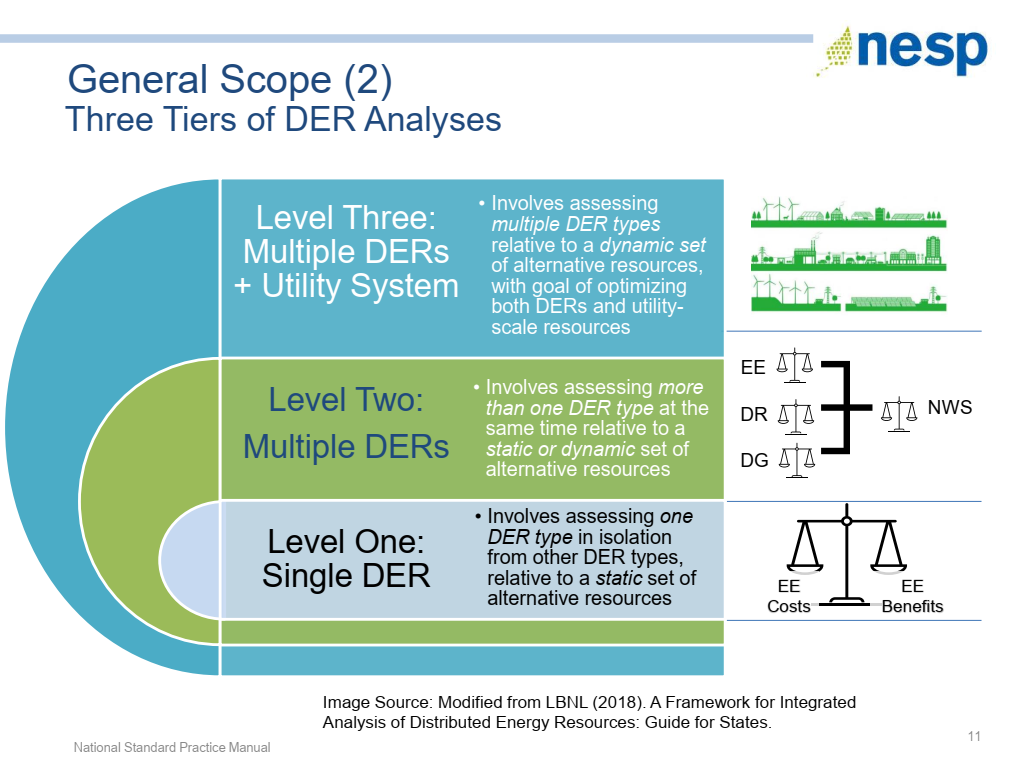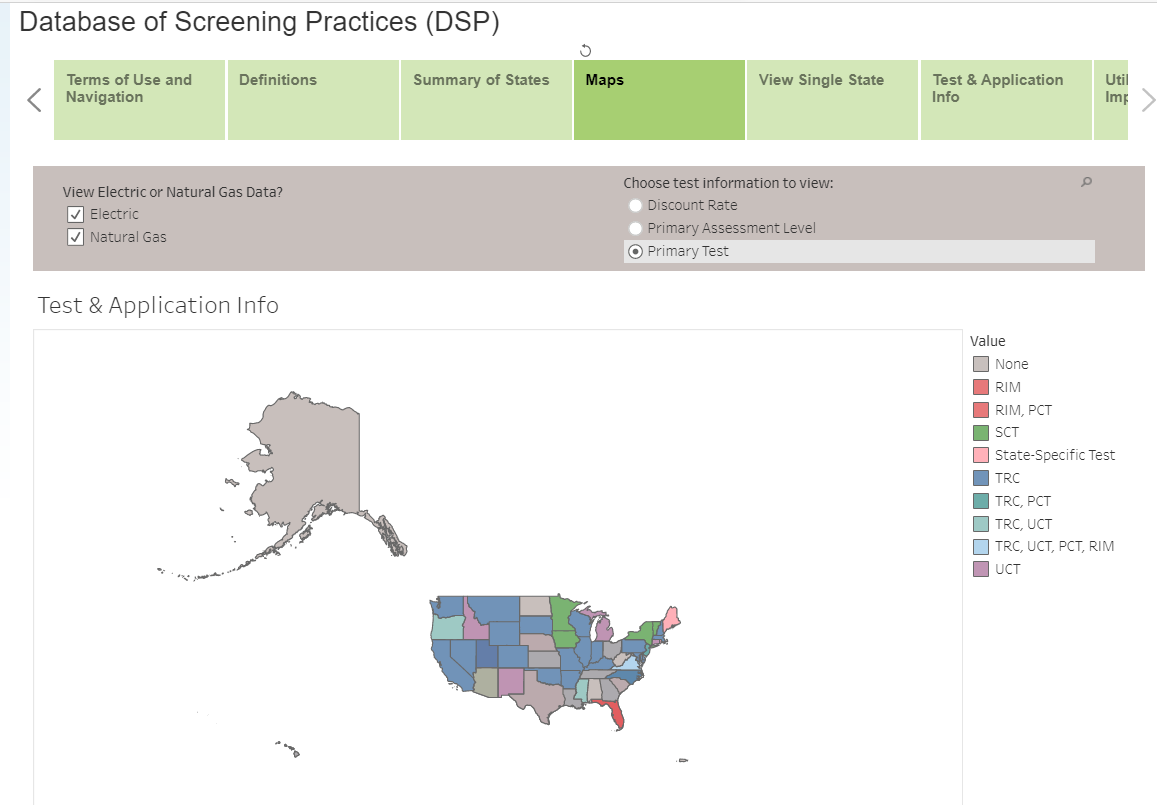
Since 2017, MEEA has been promoting the National Standard Practice Manual for Energy Efficiency (NSPM for EE) around the Midwest. We’ve held webinars, spoken on conference panels and included information from it in numerous presentations. The NSPM for EE provided the collective expertise of nationwide experts to create a framework for benefit-cost analysis (BCA) that incorporated the lessons we have learned from using the old California cost-effectiveness testing models for three decades.
Now there is a new version, and it is even better. After a thorough development process with a larger pool of experts across a broader range of subject areas, and a review process with the steering committee (in which MEEA participated), the summer of 2020 saw the release of the National Standard Practice Manual for Benefit-Cost Analysis of Distributed Energy Resources (NSPM for DERs).

2020)
The NSPM for DERs takes what the original NSPM did for EE benefit-cost analysis and applies it to the broader world of distributed energy resources: energy efficiency, demand response, distributed generation, distributed storage, electrification and broader non-wires solutions that combine multiple DERs. Where the 2017 NSPM for EE presented a framework for analyzing only one resource, the 2020 NSPM for DERs provides a BCA framework that lets users analyze a single DER, multiple DERs and the utility system.

(source: NESP, 2020)
As the energy resources in the Midwest continue to diversify, it’s important to have a consistent way to evaluate and value a broad array of possible resource options. The NSPM for DERs provides the tools to be able to put all those resources under the same lens for direct comparison and to understand how they interact with and support each other. As states work toward incorporating DERs into their long-term resource planning, the NSPM for DERs can help to break down the silos between the different supply-side and demand-side resources so regulators, utilities and stakeholders can understand how all these resources can be used to cost-effectively meet future customer energy needs.
MEEA is hosting a webinar on the NSPM for DERs on October 29, 2020 from 2:00 – 3:30 p.m. Central. If you want to learn more about the NSPM from its co-authors and from people who have already used it in the Midwest, we hope you can join us. Register Now >
And, as if the NSPM for DERs wasn’t enough of an improvement, for anyone who is interested in the granular details of how benefit-cost analysis is currently being done across the country, there is version 2 of the Database of Screening Practices (DSP). The DSP provides details on cost-effectiveness screening practices for all 50 states as well as D.C. and Puerto Rico.
It was launched in 2018 as an Excel-based tool, but this year the DSP v2 has migrated to Tableau Public, making it a more user-friendly and accessible online tool. Now that it is in Tableau, it is usable by anyone with a web browser instead of being dependent on having an Excel license. It’s easier to navigate and find information. Tableau Public also allows for pulling down data as .csv files for your own analysis or, if you have a Tableau license you could even download the whole workbook and work out your own ways to segment and visualize the data.

The DSP provides details of the tests, as well as links to the sources of the policies and values that are incorporated into the database. Data can be displayed as comparisons between states, detailed information for single states and even maps.

The first versions of both tools brought clarity and transparency to EE benefit-cost analysis that we have needed for a long time. It’s been 19 years since the last version of the California Standard Practice Manual laid out the model tests and 12 years since the National Action Plan for Energy Efficiency (NAPEE) guide to Understanding Cost-Effectiveness of Energy Efficiency Programs helped us understand the policy framework of the tests. Neither of those documents envisioned the distributed energy landscape we have today or the changing state policy priorities. The new versions—the NSPM for DERs and the DSP v2—update those already valuable tools to make them even more powerful.
If you are interested in learning more about applying these tools to your work, please reach out to Greg Ehrendreich or Nick Dreher on the MEEA policy staff. We can help you understand the tools and connect you with additional resources.
(Disclaimer: The author is a member of the NESP Advisory Group and was a reviewer for both the NSPM for DERs and for the beta version of DSP v2).